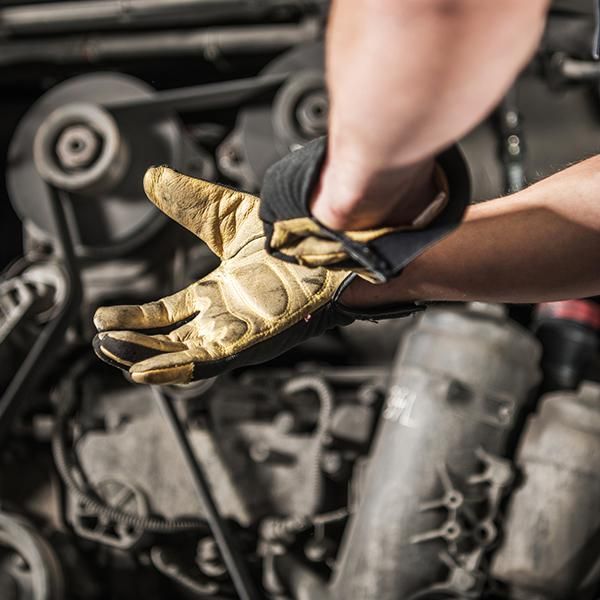How Penske is Managing the Diesel Technician Shortage

The trucking industry is experiencing a diesel technician shortage, which could worsen as Baby Boomers age and fewer workers enter vocational education programs.
The U.S. Bureau of Labor Statistics (BLS) reported that diesel service technicians and mechanics employment is projected to grow 4% from 2021 to 2031. About 28,500 openings for diesel service technicians and mechanics are projected each year, on average, over the decade. BLS reported that many of those openings are expected to result from the need to replace workers who transfer to different occupations or retire.
“As an industry, we need to continually attract new generations,” said Chris Hough, vice president, maintenance design and engineering for Penske.
According to the TechForce Foundation’s 2022 Transportation Technician Supply & Demand Report, demand for new entrants in the diesel technician field is high, and 177,000 new entrants are needed between 2022 and 2026 from both new demand and occupational separations.
At the same time, the number of students completing postsecondary diesel programs is decreasing. For 2021, the number of completions was 10,699. “What that means is that the new entrant technicians to the workforce have less training,” according to the TechForce report.
The Automotive Youth Educational Systems, a national group that connects aftermarket service employers with tech schools, estimates it costs about $10,000 for the initial training techs require. In addition to the need for initial training, today's technicians must pursue regular continuing education as technology changes and becomes more complex.
“Every one of our maintenance vice presidents came from the ground up — from pumping fuel to fixing trucks.” — Chris Hough, vice president, maintenance design and engineering
Penske has prioritized attracting technicians and devotes time to working with organizations to find technicians and encourage potential employees to enter the field. Penske provides extensive training to help technicians reach their goals. “If they work hard and excel, they can earn an extremely good wage, and if you have a good work ethic, the sky is the limit,” Hough said. “Every one of our maintenance vice presidents came from the ground up — from pumping fuel to fixing trucks.”
In 2008, Penske became the first truck leasing, truck rental and logistics company to receive certification from the National Institute of Automotive Service Excellence for the company's Continuing Automotive Service Education program. Penske’s 9,000 technicians have an average tenure of nine years and are trained via online, hands-on and classroom instructional methods.
Penske's technicians undergo about 40 hours of training per year. The cost of ongoing training per technician varies based on the type — internal, manufacturer or web-based training — but represents close to a week’s pay. That doesn’t include expenses associated with travel or vehicles made available.
To properly maintain vehicles, technicians must be aware of the latest engine and chassis technology, while service locations need the latest tooling, equipment and software that new engine technology requires. This can require steep capital investments. Because technology is evolving rapidly, a growing number of fleets are outsourcing maintenance, so they no longer have to recruit and retain technicians or invest in new tooling and equipment.
A new tractor with an automated transmission could have between 700 and 1,000 fault codes. Technicians need to know which are important and mission-critical versus those that may be noise. Because of Penske's size and relationships, technicians and management are often aware of changes before they hit the marketplace.
Having third-party managed maintenance also reduces the liability an on-site maintenance facility carries and the risks and uncertainties that can come with new equipment and technology.
